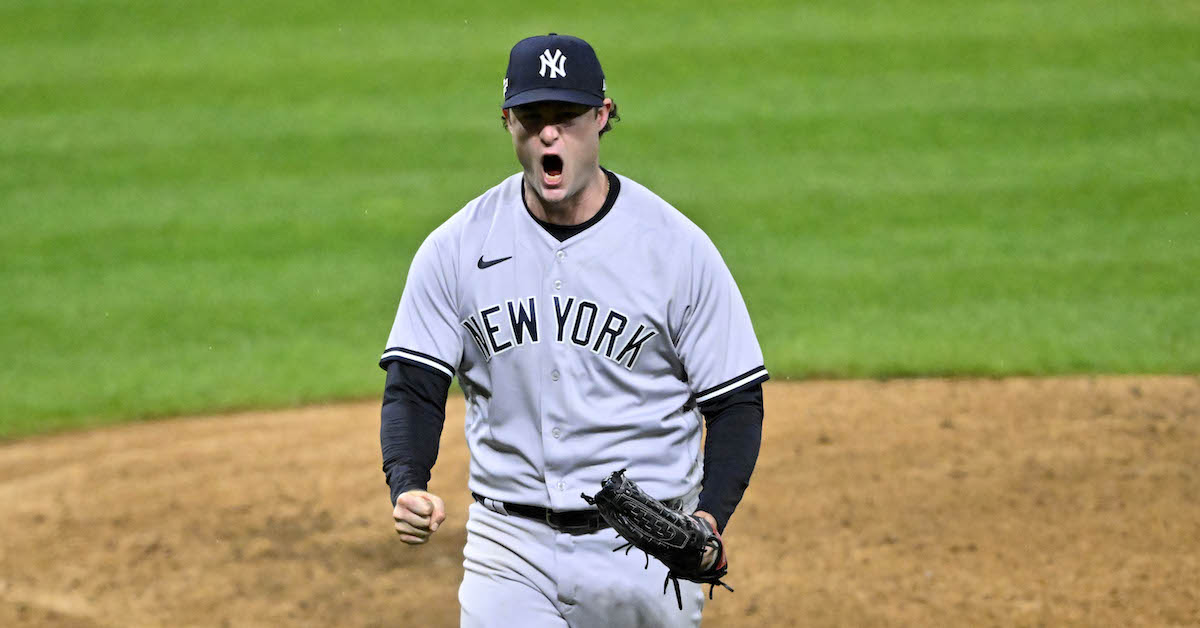Getting Upside Down: A Floor-to-Ceiling Look at Free Agency

During free agency, baseball fans have a tendency to throw out terms like “upside,” talk about players’ “ceilings” and “floors,” and do their best to evaluate the “risk and reward” of any given move. When teams make offseason additions, it’s impossible not to imagine not only what level of production can be expected, but also what might happen if everything clicks and, as the case may be, what might happen if things don’t. This becomes the basis of endless debate: what kind of heights can the prospect just traded for reach? Should that last spot in the rotation go to the reliable veteran or the young flamethrower who has yet to put it all together?
Teams have to make these evaluations themselves when considering roster construction. Say, for instance, that Player A was expected to contribute 2.0 WAR, but a team’s projection models indicate that he could be as valuable as 4.0 WAR or as unproductive as replacement level. Player B, on the other hand, is also projected for 2.0 WAR, but the models expect him to end up somewhere between 1.3 and 2.7 WAR. It’s not necessarily inherently better to choose one player over the other; it’s ultimately a matter of the club’s priorities at the time. This could depend on all sorts of factors: the size of the investment in the first place, where this player is expected to fit on the roster, how much the team anticipates competing for a title, maybe even player development insights that the front office or coaching staff thinks might help push the player toward the top of his projected spectrum.
As this winter’s free agency was unfolding, I was curious if there were insights to draw from how the disparity of players’ varied outcomes were playing out on the market. A handful of players with relatively uncertain futures (let me stress “relatively”) like Robert Suarez, Zach Eflin, and Masataka Yoshida were commanding larger — and longer — contracts than projected. Meanwhile, some relative knowns — veterans like Jean Segura and Noah Syndergaard — were coming in under their projections, and players like Elvis Andrus and Brad Hand are still out there looking. There are counterexamples, to be sure, but it made me want to explore whether there was particular interest in (and resources being allocated to) players that offered a high ceiling, even if that meant taking on the risk of a lower floor. Read the rest of this entry »







